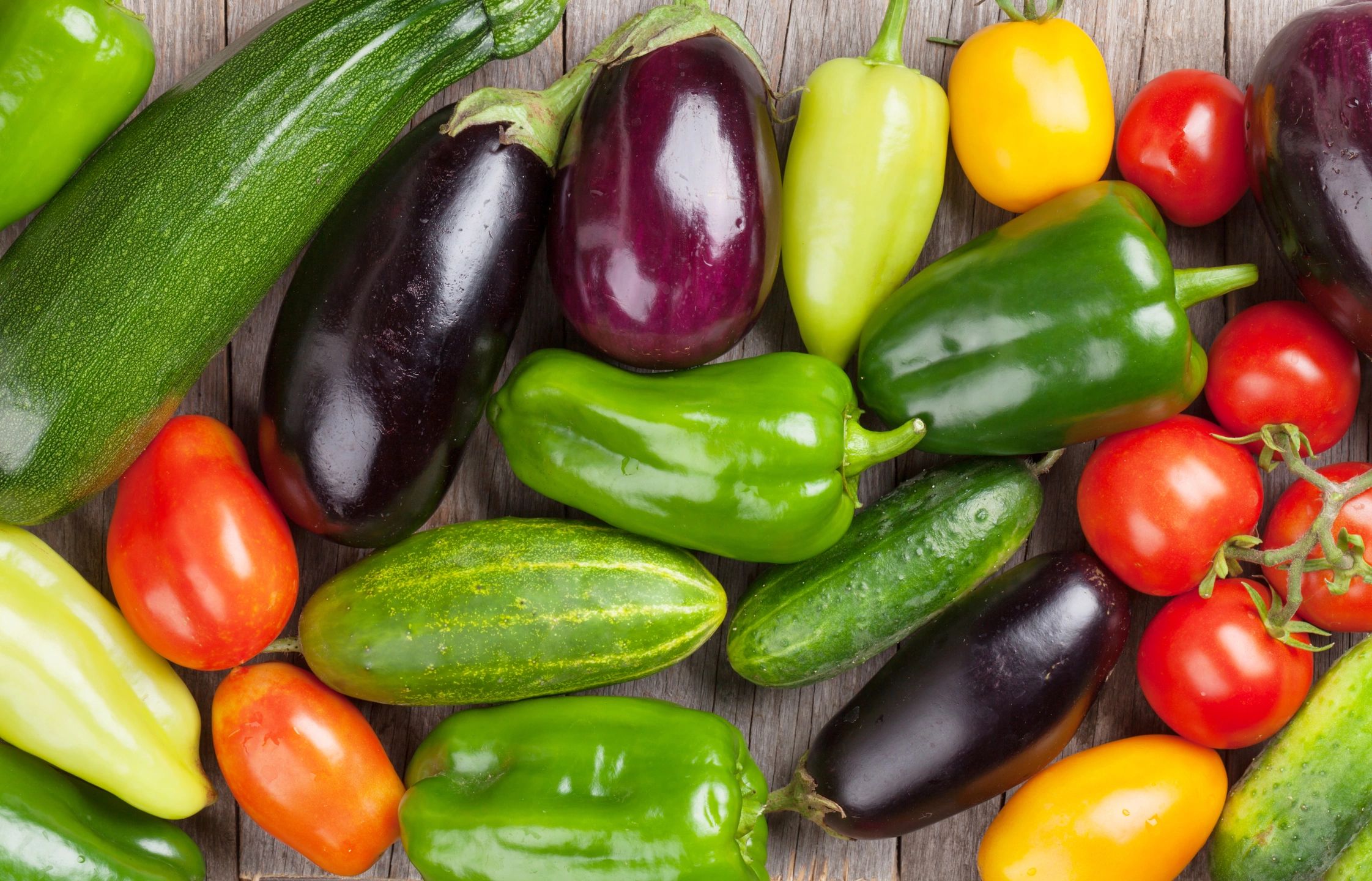
In this series of posts, we’re looking at three of the biggest areas we can at least partially control and that can radically impact our health: environment, diet, and lifestyle. Last time we talked about environment, and today we’ll be taking a closer look at diet.
First off, no—diet is not the latest weight-loss craze that promises to help you drop a few pounds. Diet is about what you eat on a regular basis. It’s about the type of foods, quantity of foods, variety of foods, and so forth that you frequently eat. This can actually again come down to the difference between the pre-packaged microwave meal and fresh-made meal I talked about in the previous post. But instead of the chemical contents, diet is more about the nutritional value and diversity. The microwave meal I used in our example may be comfort food like Salisbury steak, gravy, and potatoes with a side of green beans and peach cobbler for dessert, but the nutrition conveyed by these foods is not going to be as good as those from the fresh made meal.
Fresher food tends to be better for us, and unquestionably the less processed our food is, the better. Further, we are leaning that our bodies need a variety of fruits, vegetables, and (typically) lean proteins. Our foods today face increasing questions about how much nutrition we’re getting from vegetables grown in depleted soil and brought to maturity only through fertilizers. We are what we eat, and when what we’re eating has not itself absorbed the basic nutrients that we in turn need, our diet can appear to be fairly healthy and yet lacking the full potential benefit we desire from our food.
We also need to think about food allergies here, such as whether or not you tolerate gluten poorly. If you have chronic digestive issues, strange auto-immune problems, or other mystery illnesses, you need to find out if you have food allergies (of which some varieties can take days to manifest). You can get allergy testing, but you can also do what’s called an elimination diet at home. Try cutting the most common allergy-producing foods (gluten, dairy, eggs, and yeast products) out of your diet for six weeks, and then slowly reintroduce them one at a time, taking about 1-2 weeks to reintroduce each food. If you react to one in some way, cut it permanently from your diet—your body will thank you!
We have a lot of choices for what we eat, how much of it we eat, and where we get what we eat. It’s true that some healthier foods are more expensive, and we must weigh pros and cons. However, what we most need is increased awareness so we can even make the right choices for our diet. In the last installment of this series, we’ll talk about a simple step toward implementing changes in these three areas of environment, diet, and lifestyle, but here’s a spoiler: two of the first step solutions involve what you eat!


